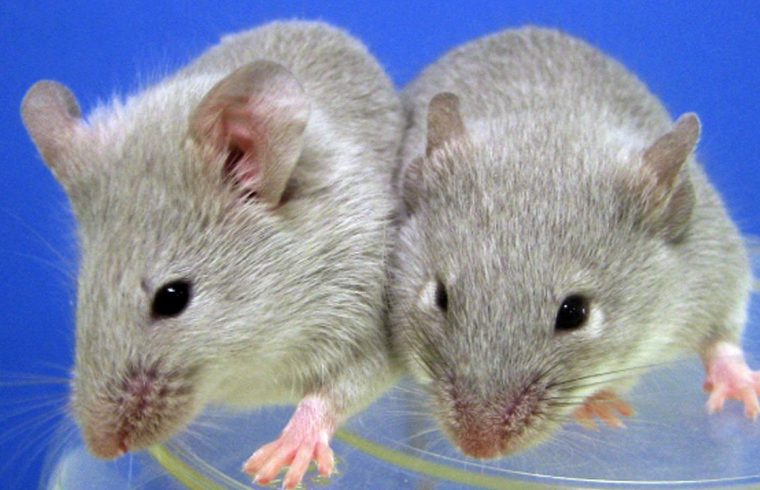
MICE are not humans. But they are close enough that many drugs that work in mice turn out to work in people, too. Three years ago Robert Naviaux, a researcher at the University of California, San Diego, published a paper suggesting that a drug called suramin could alleviate the symptoms of autism in mice. That was interesting, for despite all the research into autism, few effective treatments are available. Now things have got more interesting still. In a paper just published in Annals of Clinical and Translational Neurology, Dr Naviaux has repeated his experiments on humans, and found that the drug seems effective for them, too.
Nobody is sure what causes autism. But one theory is that it stems from a phenomenon known as the “cellular danger response”. This involves compounds circulating in the blood, known as purines, which command cells to halt their normal activities and brace for an imminent viral attack. That response is normal and, provided it switches off when the danger has passed, beneficial. But some researchers believe that the mechanism can end up switched on permanently. This, they think, can encourage the development of autism.
Nor is this simply conjecture. Dr Naviaux’s past work with mice shows that when mothers are exposed to a virus-like stress while pregnant, the cellular danger responses of their pups can become permanently activated. And one side-effect of the response is to inhibit the growth of neural connections that is normal in young brains. The result is a set of behaviours—difficulty with social situations, and a strong preference for familiar things and for routine—that bear a strong resemblance to autism in humans.
Suramin, which was discovered in 1916 and has long been used to treat the sleeping sickness spread by tsetse flies, blocks purines from binding to neurons. Dr Naviaux reasoned this might help the neurons of young mice afflicted with autism to begin making connections again. Sure enough, as long as the mice were on the drug, they shed many of their autistic traits. The next step was to see if the same would happen with humans.
Like all early-stage clinical trials, this one was small. Dr Naviaux and his colleagues initially recruited 20 autistic boys between the ages of five and fourteen. The boys were paired by age, IQ and their severity of their autism, such that for every participant who was given an intravenous infusion of suramin, a very similar participant was given an intravenous infusion of saline solution as a placebo. This pairing and a decision to exclude any recruits who were found to be taking prescription drugs left the experiment with ten participants in total.
All of the boys had the suramin levels in their blood monitored over the course of six weeks. Most importantly, they were each assessed with a battery of tests designed to measure language ability, social interactions and the repetitive behaviours that are commonly associated with autism. All tests were run before the drug was administered and then again seven and 45 days later.
Each of the participants who was given suramin showed statistically significant improvements in their performance on the tests at seven days; those who were given the placebo showed no significant improvement at all. At 45 days, the boys who were given the drug were performing better on the tests than they had before the infusion, but it was clear that as suramin was leaving their system, their autistic traits were returning.
Those findings matched the experience of the children’s parents. They did not know whether or not their children had been given suramin or a placebo. But those who had received the drug reported astounding changes in behaviour.One said that her 14-year-old boy, who had only been able to speak in single words and fragments of words before the infusion, started singing in the days after the infusion. One week later, he walked up to his father in the kitchen and said “I want to eat chips.†It was the first full sentence he had uttered in 12 years. Another boy of five began smiling after receiving his infusion. Soon after he began to giggle and laugh, telling his mother, “I just don’t know why I’m so happy”.
Such stories were informal and are therefore not listed in the paper (instead, Dr Naviaux has collected them on his website). But they add to the impression that Dr Naviaux may be onto something. The logical next step would be to try long-term doses of the drug to see if the benefits can be sustained. If they can, then a new and powerful treatment for autism may have been hiding in plain sight for decades.







